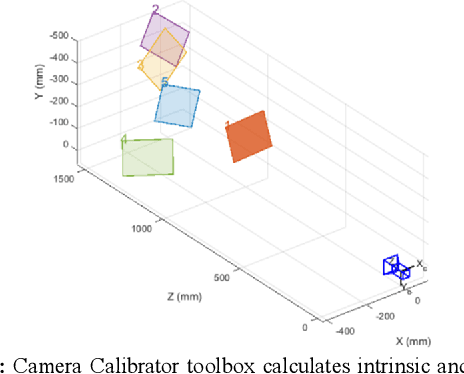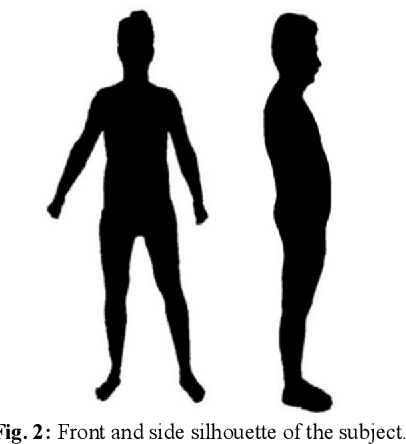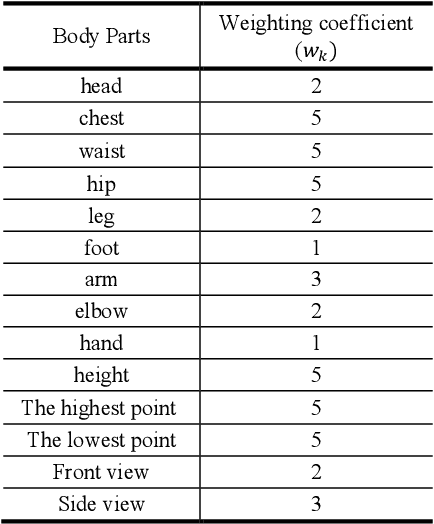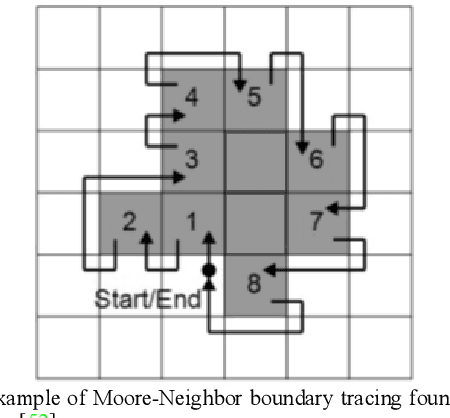Azam Bastanfard
The Persian Piano Corpus: A Collection Of Instrument-Based Feature Extracted Data Considering Dastgah
Nov 18, 2023Abstract:The research in the field of music is rapidly growing, and this trend emphasizes the need for comprehensive data. Though researchers have made an effort to contribute their own datasets, many data collections lack the requisite inclusivity for comprehensive study because they are frequently focused on particular components of music or other specific topics. We have endeavored to address data scarcity by employing an instrument-based approach to provide a complete corpus related to the Persian piano. Our piano corpus includes relevant labels for Persian music mode (Dastgah) and comprehensive metadata, allowing for utilization in various popular research areas. The features extracted from 2022 Persian piano pieces in The Persian Piano Corpus (PPC) have been collected and made available to researchers, aiming for a more thorough understanding of Persian music and the role of the piano in it in subsequent steps.
RLAS-BIABC: A Reinforcement Learning-Based Answer Selection Using the BERT Model Boosted by an Improved ABC Algorithm
Jan 07, 2023Abstract:Answer selection (AS) is a critical subtask of the open-domain question answering (QA) problem. The present paper proposes a method called RLAS-BIABC for AS, which is established on attention mechanism-based long short-term memory (LSTM) and the bidirectional encoder representations from transformers (BERT) word embedding, enriched by an improved artificial bee colony (ABC) algorithm for pretraining and a reinforcement learning-based algorithm for training backpropagation (BP) algorithm. BERT can be comprised in downstream work and fine-tuned as a united task-specific architecture, and the pretrained BERT model can grab different linguistic effects. Existing algorithms typically train the AS model with positive-negative pairs for a two-class classifier. A positive pair contains a question and a genuine answer, while a negative one includes a question and a fake answer. The output should be one for positive and zero for negative pairs. Typically, negative pairs are more than positive, leading to an imbalanced classification that drastically reduces system performance. To deal with it, we define classification as a sequential decision-making process in which the agent takes a sample at each step and classifies it. For each classification operation, the agent receives a reward, in which the prize of the majority class is less than the reward of the minority class. Ultimately, the agent finds the optimal value for the policy weights. We initialize the policy weights with the improved ABC algorithm. The initial value technique can prevent problems such as getting stuck in the local optimum. Although ABC serves well in most tasks, there is still a weakness in the ABC algorithm that disregards the fitness of related pairs of individuals in discovering a neighboring food source position.
* 21 pages
Adjustable Method Based on Body Parts for Improving the Accuracy of 3D Reconstruction in Visually Important Body Parts from Silhouettes
Nov 27, 2022



Abstract:This research proposes a novel adjustable algorithm for reconstructing 3D body shapes from front and side silhouettes. Most recent silhouette-based approaches use a deep neural network trained by silhouettes and key points to estimate the shape parameters but cannot accurately fit the model to the body contours and consequently are struggling to cover detailed body geometry, especially in the torso. In addition, in most of these cases, body parts have the same accuracy priority, making the optimization harder and avoiding reaching the optimum possible result in essential body parts, like the torso, which is visually important in most applications, such as virtual garment fitting. In the proposed method, we can adjust the expected accuracy for each body part based on our purpose by assigning coefficients for the distance of each body part between the projected 3D body and 2D silhouettes. To measure this distance, we first recognize the correspondent body parts using body segmentation in both views. Then, we align individual body parts by 2D rigid registration and match them using pairwise matching. The objective function tries to minimize the distance cost for the individual body parts in both views based on distances and coefficients by optimizing the statistical model parameters. We also handle the slight variation in the degree of arms and limbs by matching the pose. We evaluate the proposed method with synthetic body meshes from the normalized S-SCAPE. The result shows that the algorithm can more accurately reconstruct visually important body parts with high coefficients.
 Add to Chrome
Add to Chrome Add to Firefox
Add to Firefox Add to Edge
Add to Edge